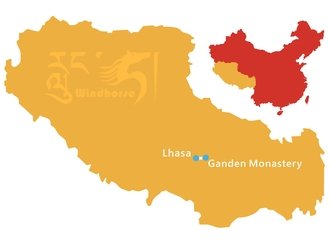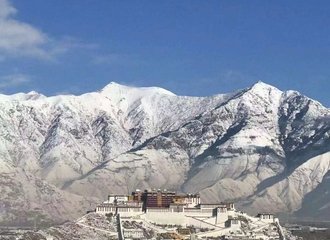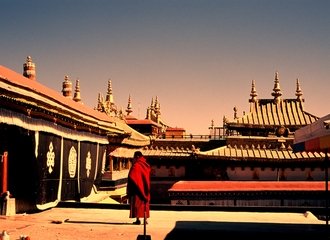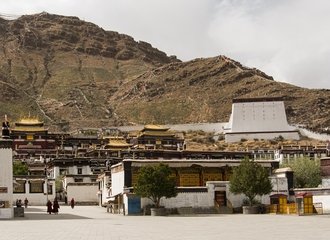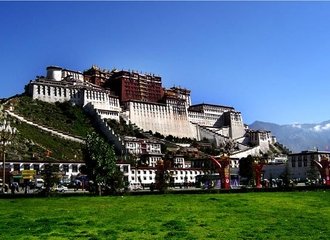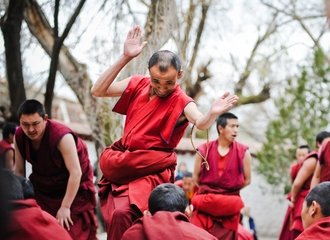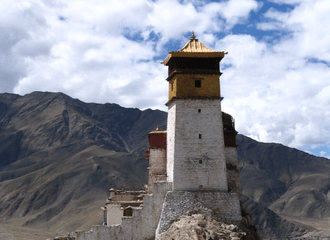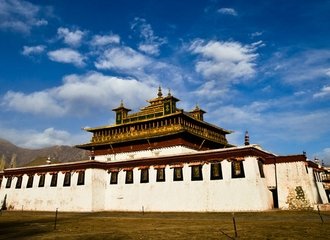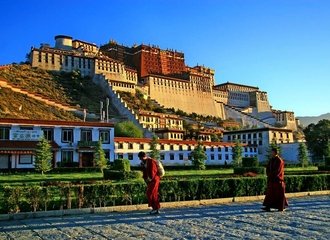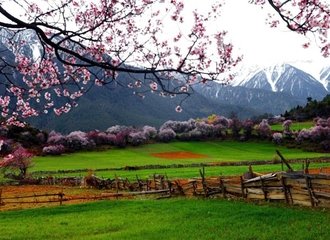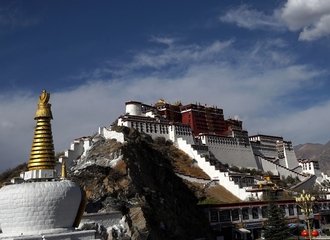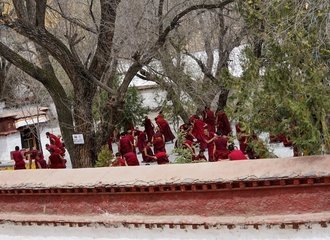Tibet medical treatments, Tibet hospitals
With the continuous efforts of Tibetan people and the financial and material help of other Chinese people, conditions of health facilities in Tibet have considerably improved in recent years. A complete network of hospitals, public health centers, clinics and other medical institutions at levels of province, city, county and township have long been well established. The population of doctors, dentists, nurses per 1,000 persons has grown to even larger than that of some other provinces in China. The professional quality of hospital personnel is also on the rise. Many of them have produced remarkable achievements in their fields. Medical equipment has developed greatly; some of it further advanced compared with many other places in the world. More medical infrastructures are provided to satisfy the needs of patients.
Like other hospitals, hospitals in Tibet are divided into several departments, such as Medical Department, Surgical Department, Dental Department, Dermatology Department, and Department of Gynecology. Some hospitals mix Tibetan Medicine, Chinese Herbal Medicine and Western Medicine together with surprisingly good outcomes. Some hospitals feature in research on the unique functions of Tibetan Medicine.
Presently, in Lhasa hospital facilities include the People's Hospital of TAR (Tibet Autonomous Region), the Second People's Hospital of TAR, the People's Hospital of Lhasa, and the General Hospital of Tibetan Military Region. Patients receive a warm reception and careful treatment in these hospitals. Hospital conditions in remote counties may not as good as those of Tibet and in mountainous areas; one may not access any medical service. Accordingly, tourists should take with them necessary medicines.


